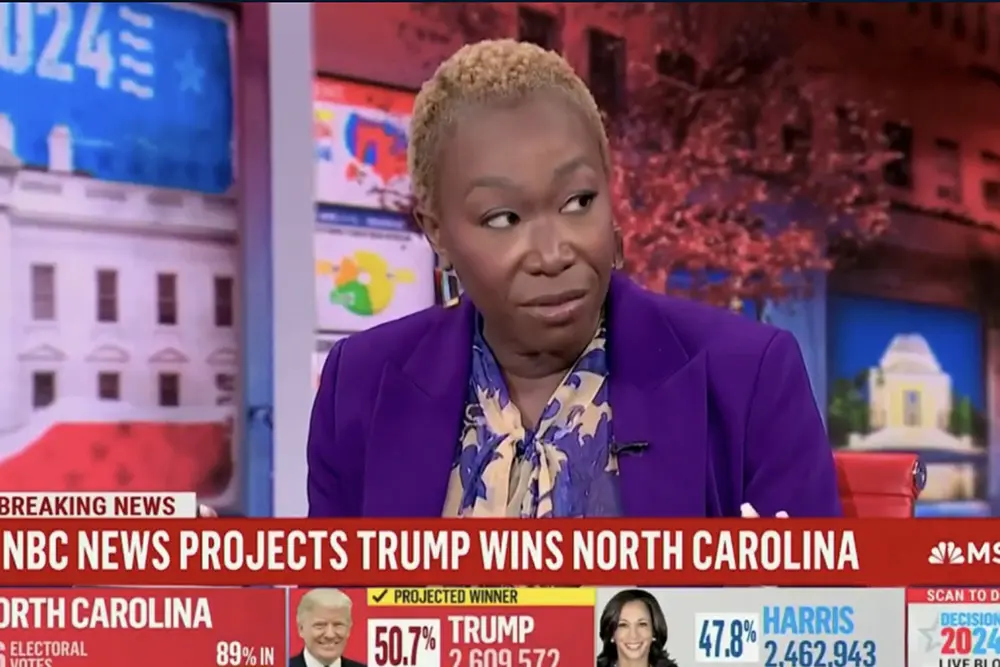Diverse voter turnout raises pressing questions
In a heated discussion during the election night coverage, a prominent anchor highlighted the stark differences in voter turnout between racial groups. The anchor specifically pointed out that white women voters did not show up in expected numbers to support Democratic candidate Kamala Harris, despite efforts to mobilize them. This observation came as swing state North Carolina leaned towards Donald Trump.
Unveiling voter dynamics
When North Carolina’s results started to favor Trump, the anchor didn’t mince words. It was noted that while black voters turned out in robust numbers for Harris, white women voters fell short. The anchor emphasized that this discrepancy is particularly significant given the state’s recent loss of reproductive rights, a pivotal issue in the campaign.
A second missed chance?
Reflecting on historical patterns, the anchor recalled Hillary Clinton’s 2016 loss to Trump, describing the current election as a second missed opportunity for white women to shift how they engage with the patriarchy. This pattern, they argued, reveals deeper societal dynamics where race and party allegiance can overshadow gender solidarity and the fight for gender rights.
The emotional toll and media reactions
As the night progressed, the results solidified Trump’s path to victory, reaching the crucial 270 electoral votes after Wisconsin was called in his favor. The emotional weight of this outcome was visible across various news outlets. Notable commentators became visibly emotional, expressing their dismay and concern for marginalized communities.
Voices of perspective
One notable commentator reflected on the heartache of African American women, who have historically faced economic and social challenges. They shared a poignant insight on how these women had built up immense hope over the campaign period, only to see their dreams dashed. The commentator poignantly noted, “they were hoping that maybe this time — this time — one of their own could be seen as worthy.”
Broader implications for future elections
The election’s outcome highlighted critical aspects of voting behavior and intersectionality in American politics. It underscores how issues like reproductive rights, economic challenges, and broader social justice themes resonate differently across diverse demographic groups.
Looking forward, these patterns may influence campaign strategies and voter outreach programs. Political analysts and campaigners might need to devise new ways to bridge these gaps, ensuring that critical messages reach and resonate with all voters, regardless of race or gender.
Hope amidst adversity
Despite the setbacks, there is enduring hope. Activists and community leaders continue to strive for change, emphasizing the importance of unity and collective action. This election serves as a poignant reminder of the continuous struggle for justice and equality, motivating efforts to engage more voters in meaningful ways.
Join the conversation on social media to provide your insights on voter dynamics and share your thoughts on future strategies for inclusive political campaigns. Stay connected with us for more in-depth analyses and updates on the ever-evolving landscape of elections and social justice.

 Italian
Italian







